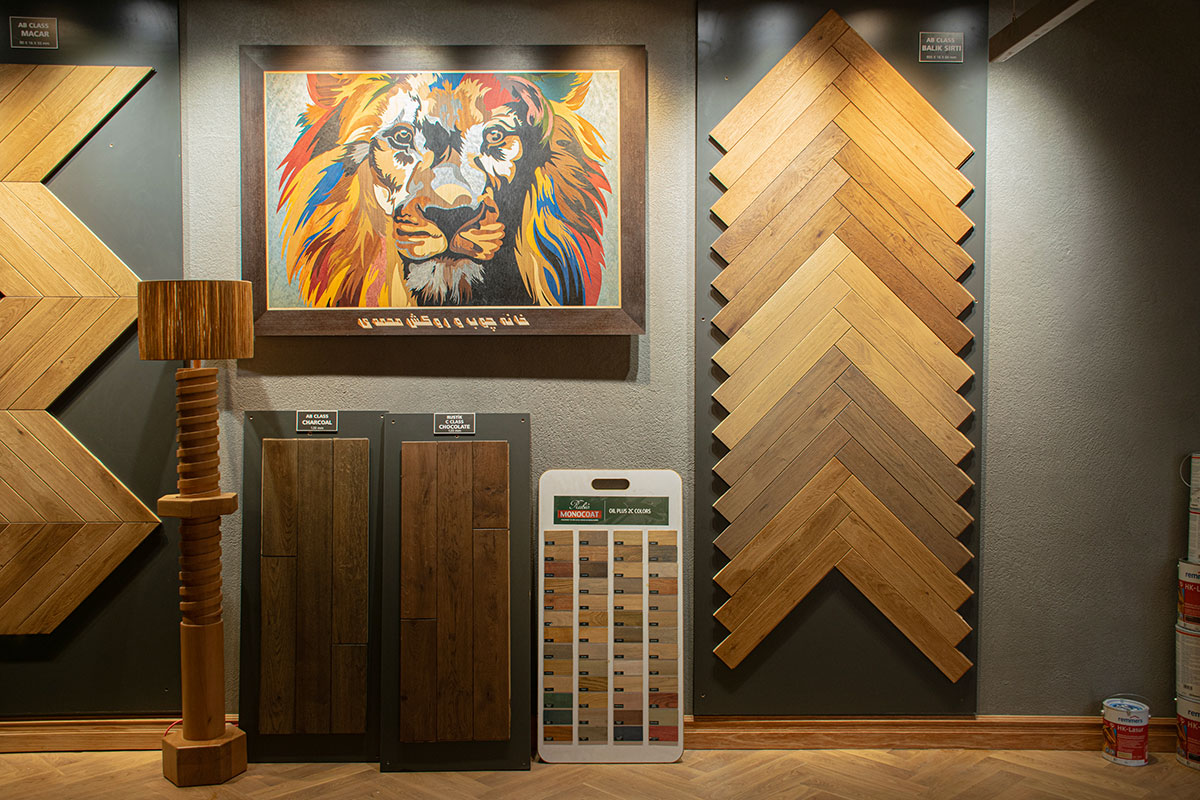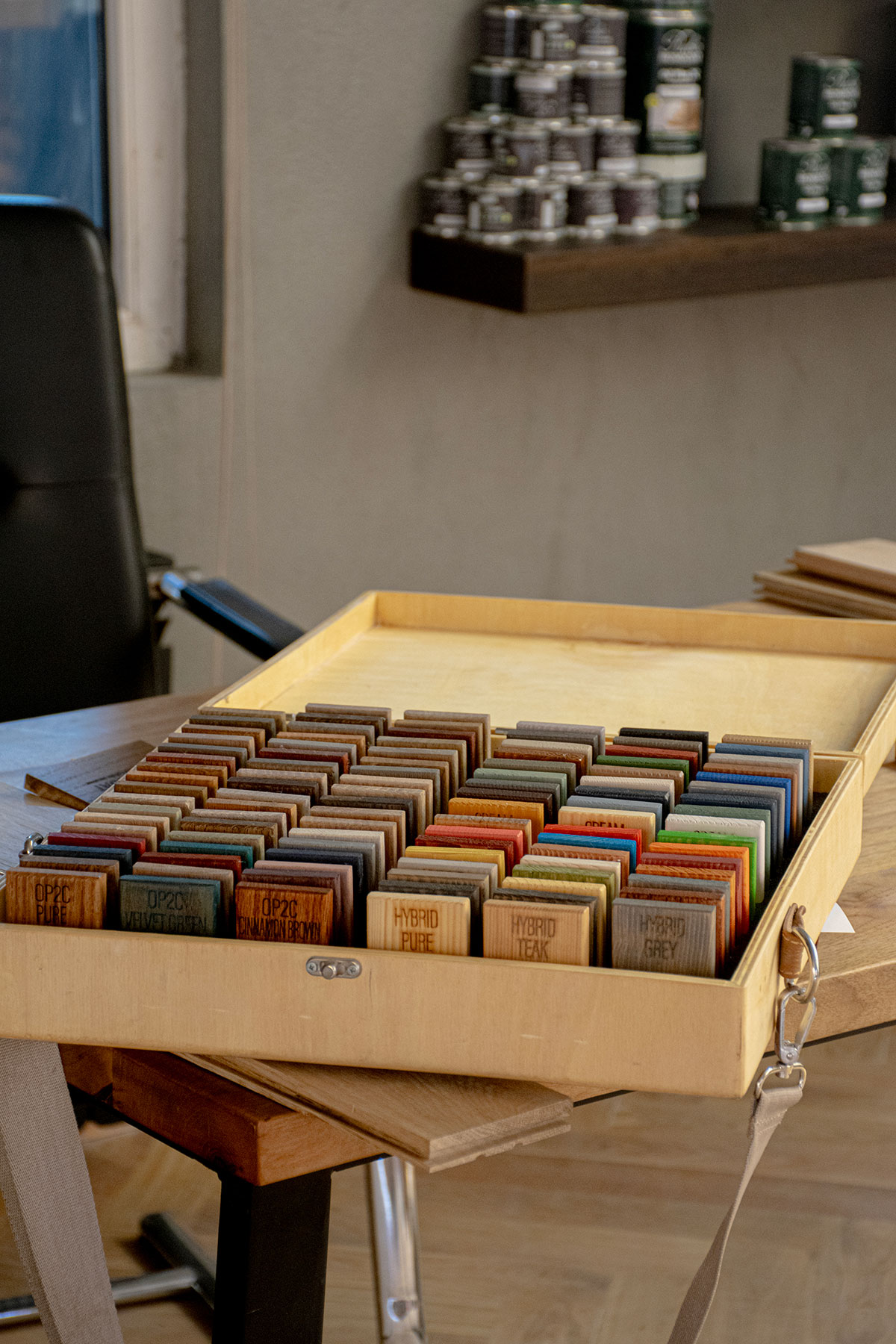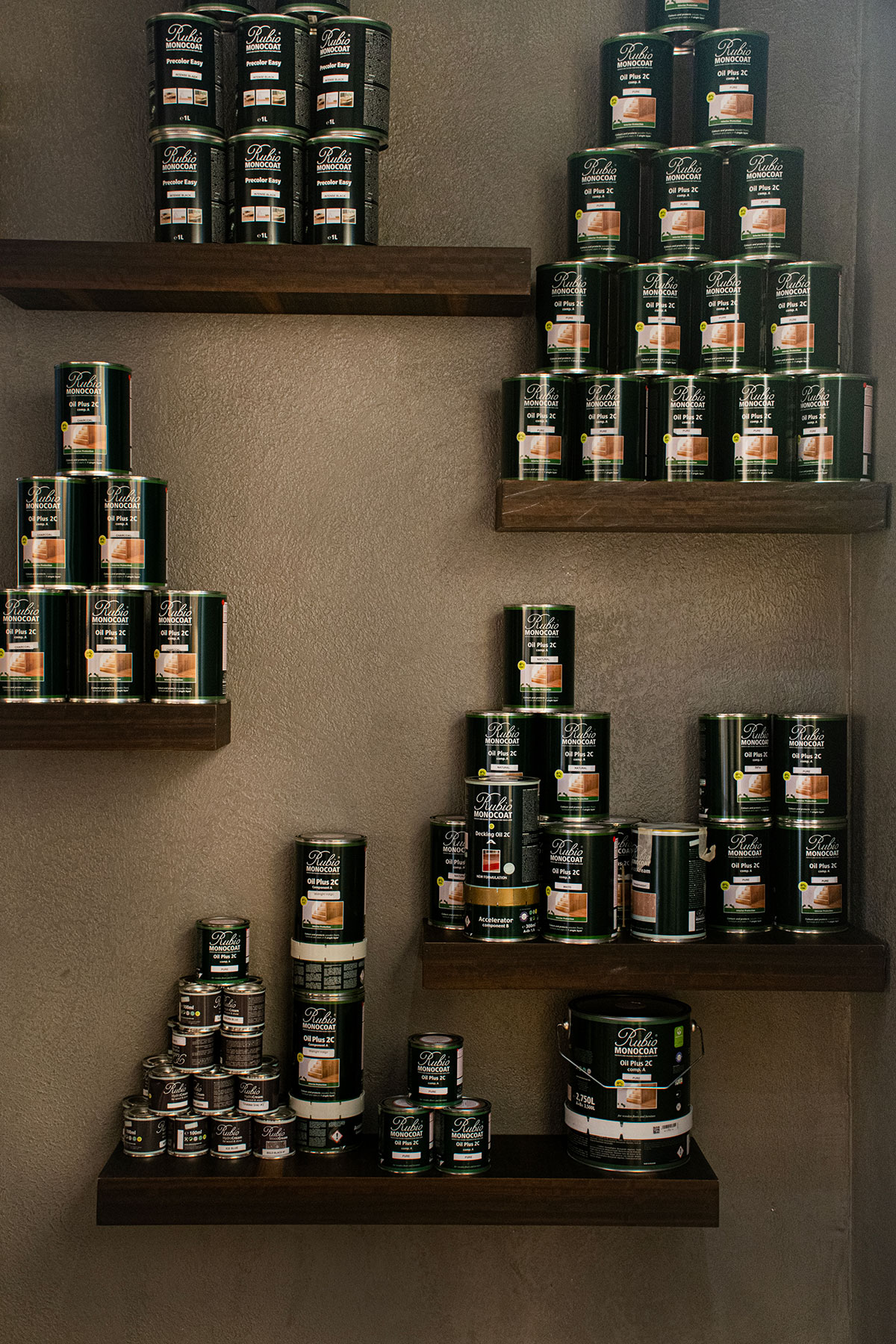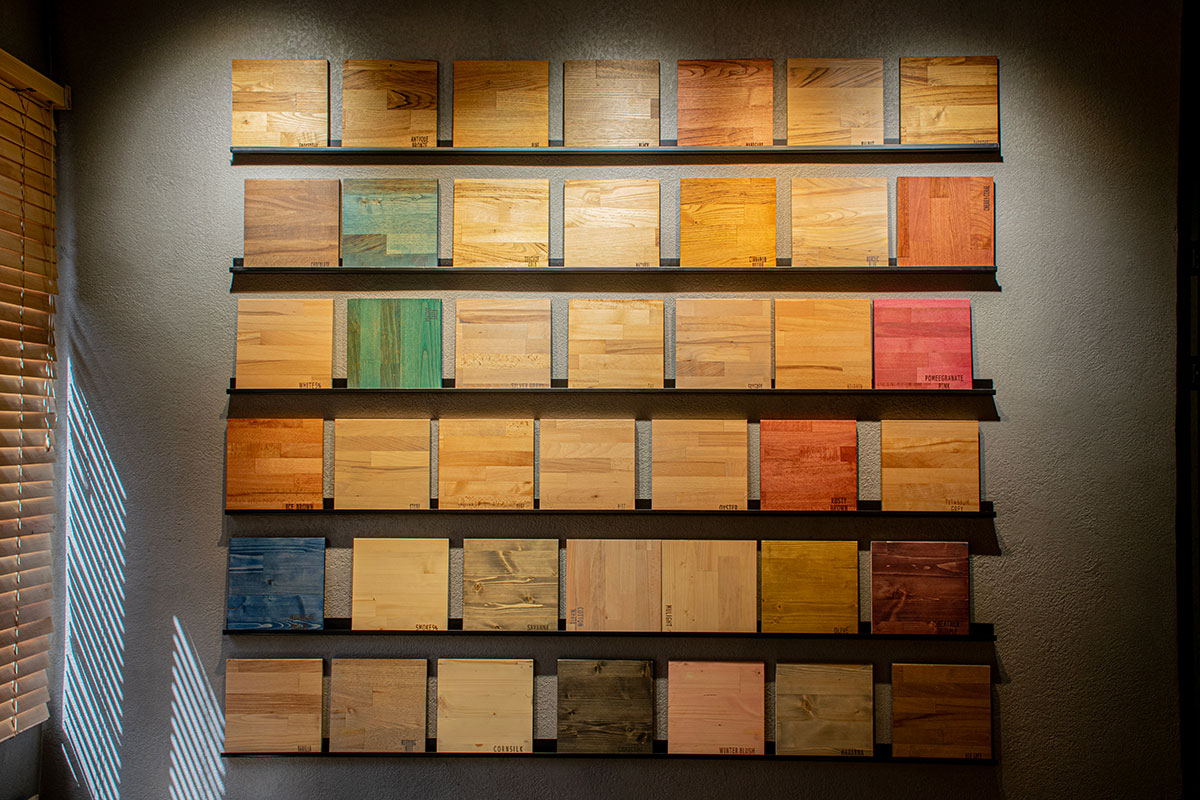Wood coloring is one of the most widely used methods in the wood and furniture industries, which makes the products more beautiful and durable. Using natural monocoat colors to color wood, in addition to creating a beautiful and natural appearance, helps to preserve the environment and prevent the use of chemicals that are harmful to human health and the environment. These colors are obtained from natural sources such as plants, minerals and even insects and have antibacterial and antifungal properties. Therefore, using natural monocoat colors to color wood, in addition to improving the beauty and quality of products, also helps to preserve the environment and human health.
[MEDIA:c2]
The effect of natural monochrome colors on the appearance and beauty of wood
Natural monochrome colors are among the elements that can contribute to the beauty and appearance of wood. These colors are inspired by the diversity and beauty of nature and can give wood more life and appeal. They can enhance the natural beauty of wood and create a unique work of art. With the help of natural monochrome colors, wood can be transformed into a beautiful and attractive work of art that attracts the eye of every viewer. On the other hand, choosing the right colors that match the wood can have a significant impact on how wooden works are seen and evaluated. As a result, using natural monochrome colors can help improve the appearance and beauty of wood and make wooden works of art more attractive and attractive.

Methods for extracting natural monocot colors for use in the wood industry
Using natural colors to color wood is an environmentally friendly and sustainable way to protect the environment and prevent the use of harmful chemicals. Extracting natural colors from plant materials such as monocot is one of the most widely used and effective methods for this purpose. These plants have a variety of colors that can be easily used to color wood. The extraction methods of these dyes include steps such as drying and crushing the plant, extracting dyes from various plant materials, and the possibility of using natural chemical compounds to fix the dye on the surface of the wood. Given that natural dyes usually have antibacterial and antifungal properties, their use can help increase the useful life of the wood while maintaining its beauty and freshness.

Further comparison between natural monocot dyes and industrial dyes for wood coloring
Wood coloring is one of the popular methods for improving the beauty and resistance of wood. In this process, choosing the right dye is very important. Currently, two main groups of dyes are known for wood coloring: natural monocot dyes and industrial dyes. Natural monocot dyes are obtained from natural sources and are usually used for coloring wood. These paints have a wide range of colors and aesthetic effects that can give wood a new life and beauty. On the other hand, industrial paints are produced from chemicals and are generally used for industrial painting. These paints have advantages such as greater resistance to moisture and heat, as well as greater durability. Considering the advantages and disadvantages of both types of paints, the choice between natural monocoat paints and industrial paints for painting wood depends on the needs and tastes of each individual.

Important tips for choosing and using natural monocoat paints for wood
Using natural monocoat paints for painting wood is a smart choice that can help with the design and beauty of the final product. In choosing the right paint for wood, there are some important points that should be considered. The first point is that natural colors should be used to maintain the beauty and strength of the wood. Also, we must make sure that the chosen color is in harmony with the integrity of the product design and gives it a beautiful appearance. Finally, to optimally use monocoat paints for wood, we must be careful to use appropriate painting techniques so that the final result is the best possible. In this way, by observing these important points, we can use natural monocoat paints for wood in the best way.
Solutions to increase the durability and longevity of natural monocoat paints on wood
Natural monocoat paints on wood are among the popular methods for decorating and beautifying wooden objects and products. But one of the challenges of this method is the durability and longevity of the paints on the wood surface. To increase the durability and longevity of natural monocoat paints on wood, methods such as using protective coatings, using wood pre-treatment methods, and choosing quality paints that match the type of wood can be used. Also, paying attention to storage conditions and using high-quality products can also help the durability and longevity of natural monocoat paints on wood. In this way, by following these strategies, better results and longer durability of natural monocoat paints on wood can be achieved.

Different uses of natural monocoat paints in the design and decoration of wooden products
Natural monocoat paints are one of the sources used in the design and decoration of wooden products. These paints are obtained from natural sources such as plants, fruits and even soil and are of interest to designers and manufacturers due to their unique and beautiful properties. The use of natural monocoat paints in wooden products, in addition to creating beauty and attractiveness, helps to preserve the environment and prevents the use of chemical and harmful paints. These paints can be used as an important aspect in the design and production of wooden products.